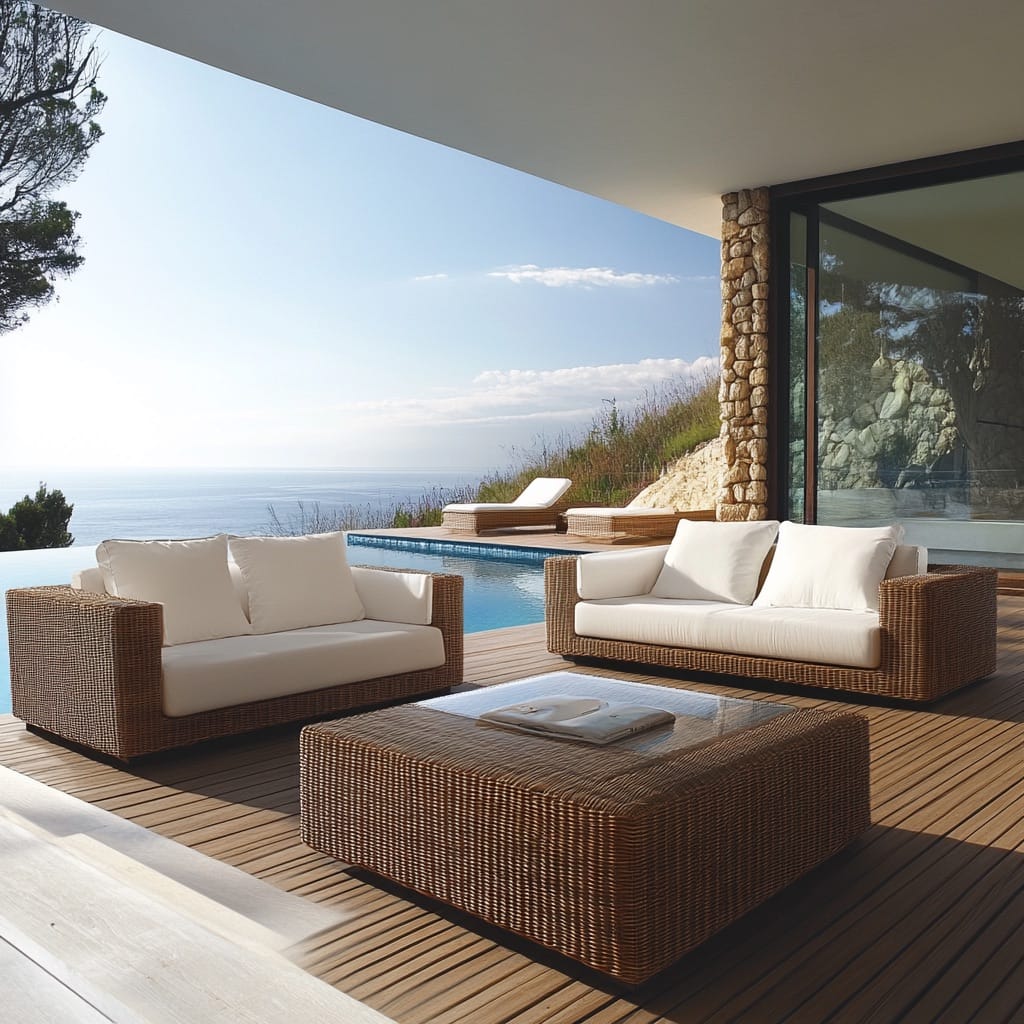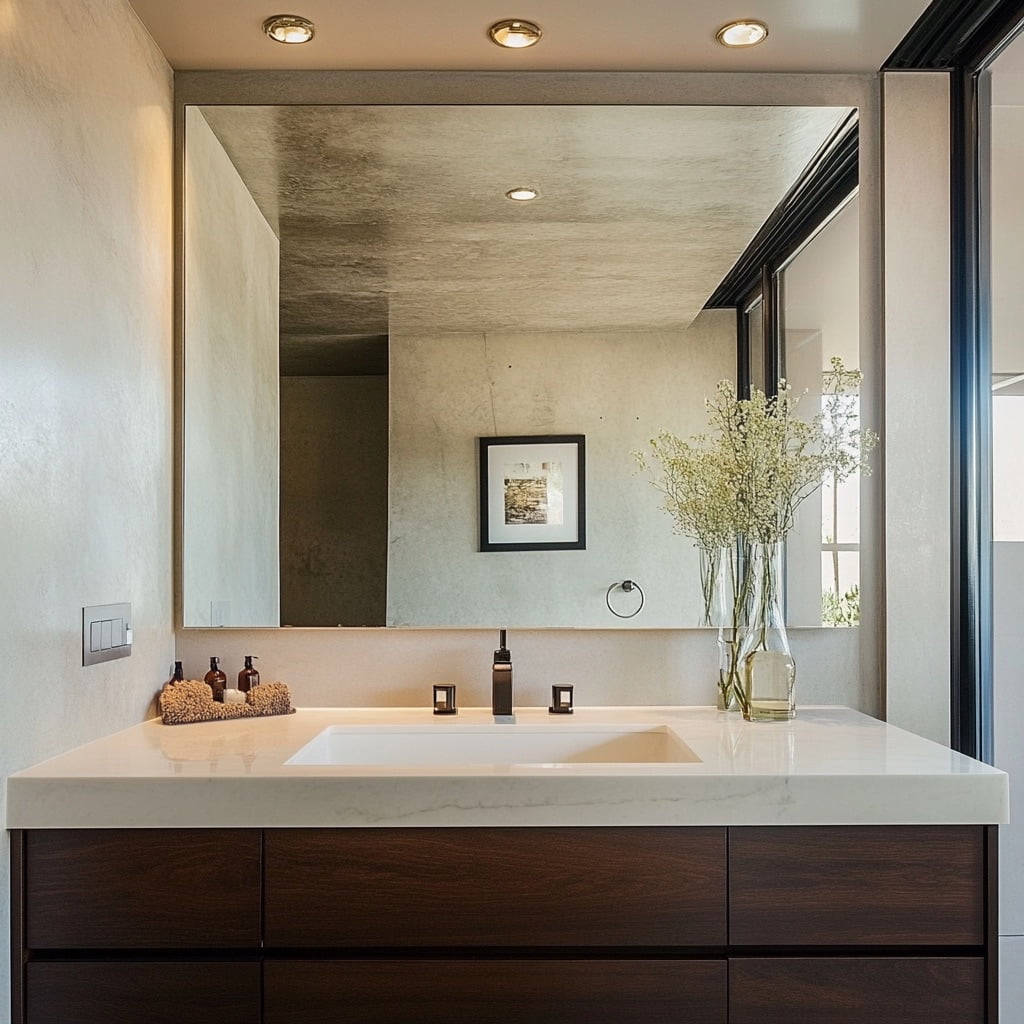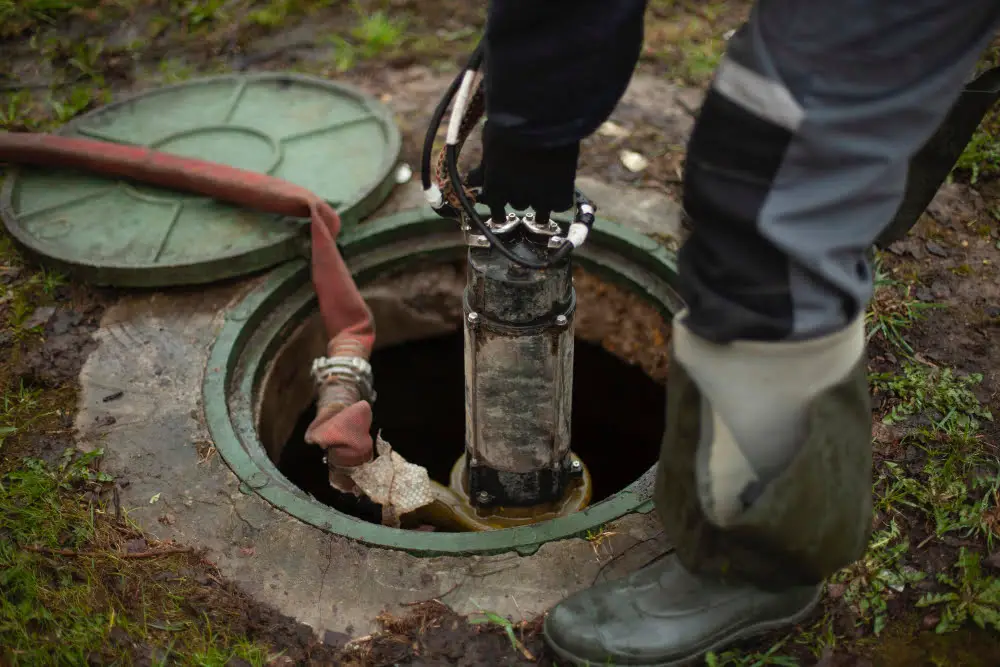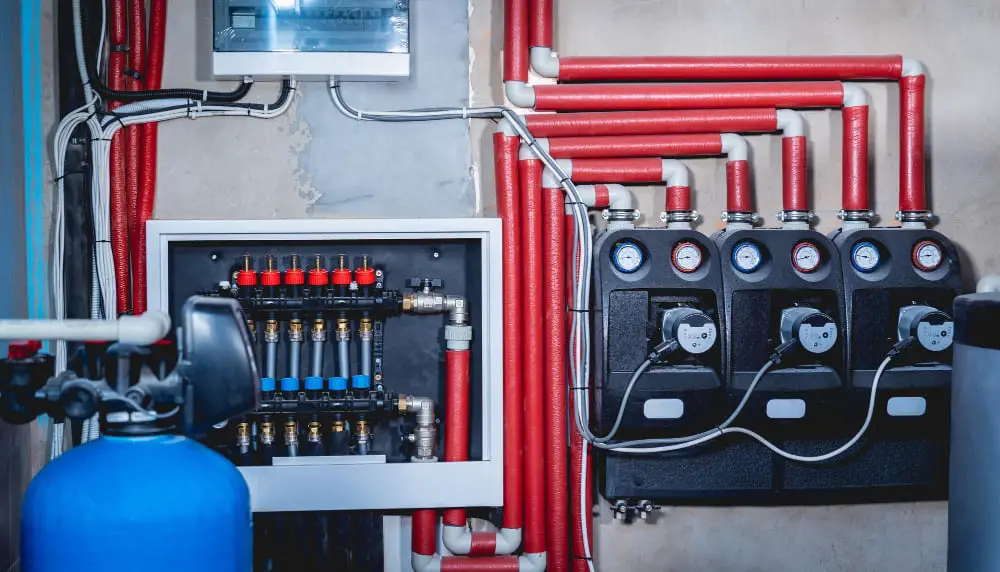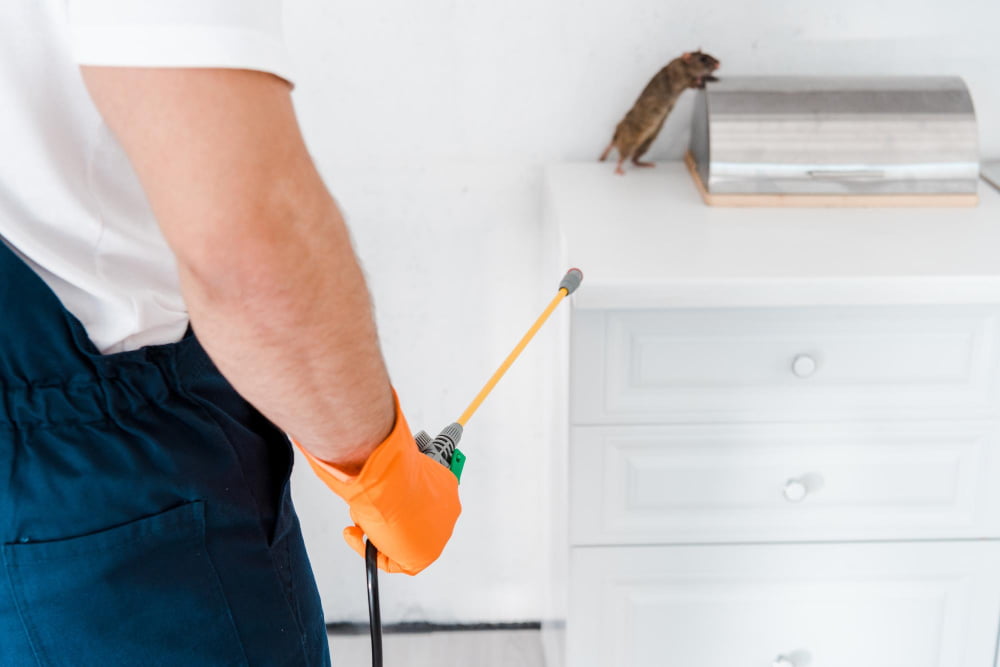Last updated on
Dive into this exploration of designing fire-resistant beds (Crib 5) because balancing comfort and safety is more manageable with the correct knowledge and techniques.
Balancing comfort and safety in bed design can pose a real challenge, particularly when looking to comply with the stringent Crib 5 fire resistance standards. This article dive deep into the art and science of designing fire-resistant beds that do not compromise on cosiness.
From the types of materials and fabrics to use, fire-retardant treatments, adherence to legislation, and tips on maintaining aesthetics, every aspect will be explored. Stay tuned as we navigate this fascinating blend of safety, functionality, and style in bed design, leaving no stone unturned.
Key takeaways:
- Fire-resistant beds (Crib 5) impede rapid spread of fire.
- Advancements in technology include flame retardant chemicals and fire barriers.
- Crib 5 rating indicates high resistance to fire.
- Consider safety certification, material quality, and comfort when choosing a fire-resistant bed.
- Fire-resistance enhances bed safety by curbing fire spread and providing evacuation time.
Understanding Fire-Resistant Beds (Crib 5)
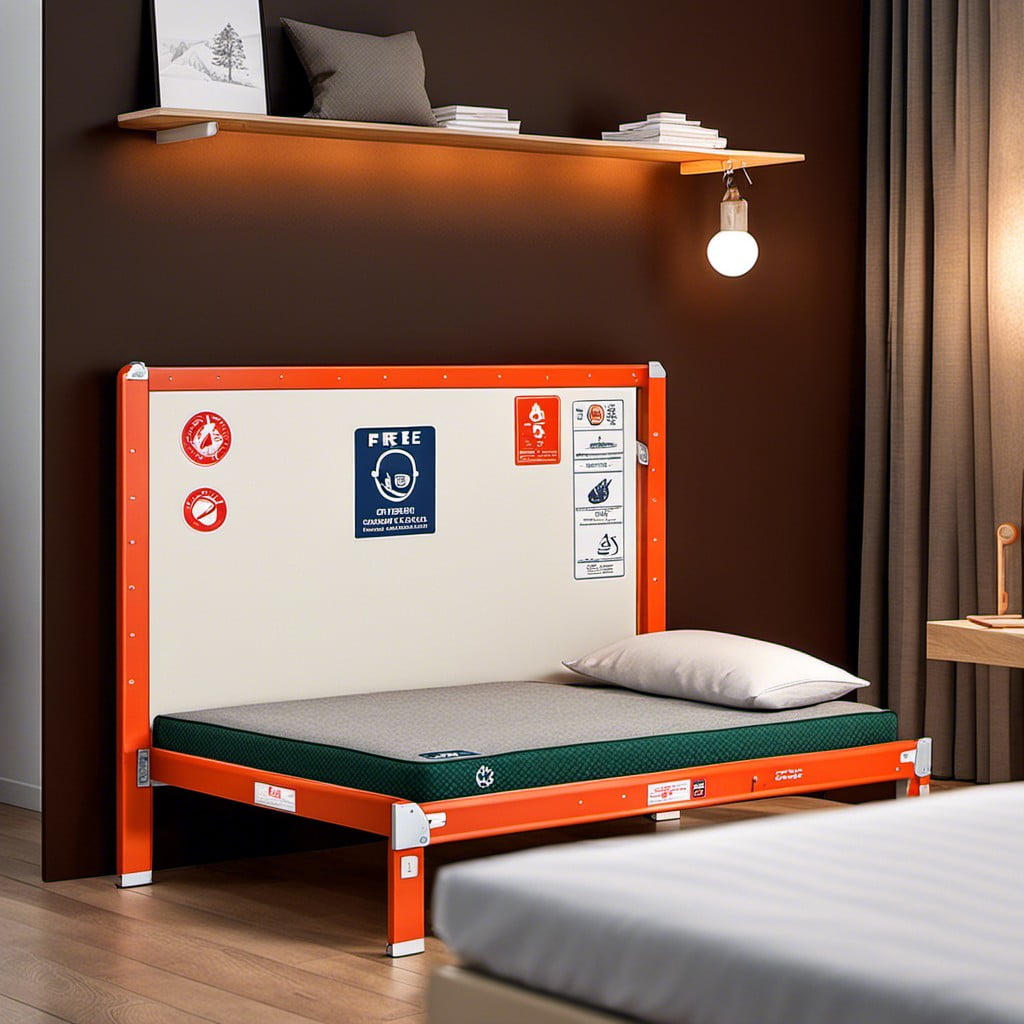
Crib 5 beds are specially designed to impede or resist the rapid spread of fire. These categories of beds undergo rigorous testing and have to meet specific standards before they’re tagged fire-resistant. They are embedded with fire-retardant materials that reduce the likelihood of ignition, ultimately increasing the safety margin in the event of a fire outbreak.
They are predominately used in high-risk environments such as hotels, colleges, holiday parks and care homes, where the highest safety measures are crucial. It’s worth mentioning that there are different levels of fire resistance – and beds tagged “Crib 5” meet higher resistance standards than those tagged “Crib 3.” However, regardless of the rating, they all provide integrate fire safety into bedding in a fundamental way, enhancing overall safety.
Advancements in Fire-Resistant Technology for Bedding

There is no compromising on safety when it comes to bedding. Technology has come a long way to introduce fire-resistant materials into bed manufacturing. Innovations include the use of flame retardant chemicals coated on fabric and incorporation of non-flammable fiber such as modacrylic.
The process of lamination has also entered the scene; this procedure seals the flame-resistant chemical onto the fabric. Newer methods are more eco-friendly, reducing the reliance on possibly toxic chemicals.
Moreover, technology has advanced to create fire barriers. These barriers are sheets of material that block or resist the spread of fire but are breathable and non-hazardous.
3D knitting technology is another stride in the field, allowing the production of cover fabric made of fire-resistant threads that provide superior protection.
Remember, fire-resistant does not mean fire-proof. These advancements aim to slow the spread of a fire and increase evacuation time.
Exploring Fire-Resistant Standards: The Crib 5 Rating

Now, delving deeper into the core of our subject, the Crib 5 rating is notably one of the highest levels of fire-resistance standards in the bedding industry. This specific benchmark is named after the severe UK furniture flammability test, also known as BS 5852: Test 5.
To pass this rigorous examination, beds must withstand a match flame equivalent test and a flaming ignition source. The stringent parameters ensure that not only the outer fabric but also the inner components like foam or springs exhibit high resistance to fire.
This rating doesn’t equal complete flame-proofing. There is no such thing, but it indicates that the bed will not ignite easily and if it does, the spread of fire will be slow. This offers that vital window for effective fire management.
Understanding these points about the Crib 5 test can help you appreciate the level of safety these fire-resistant beds bring to your home. It’s more than just a label; it’s assurance, it’s science, it’s peace of mind. We’ll look closer at how to choose the right fire-resistant bed in our next section.
Choosing the Right Fire-Resistant Bed: Buyers Guide
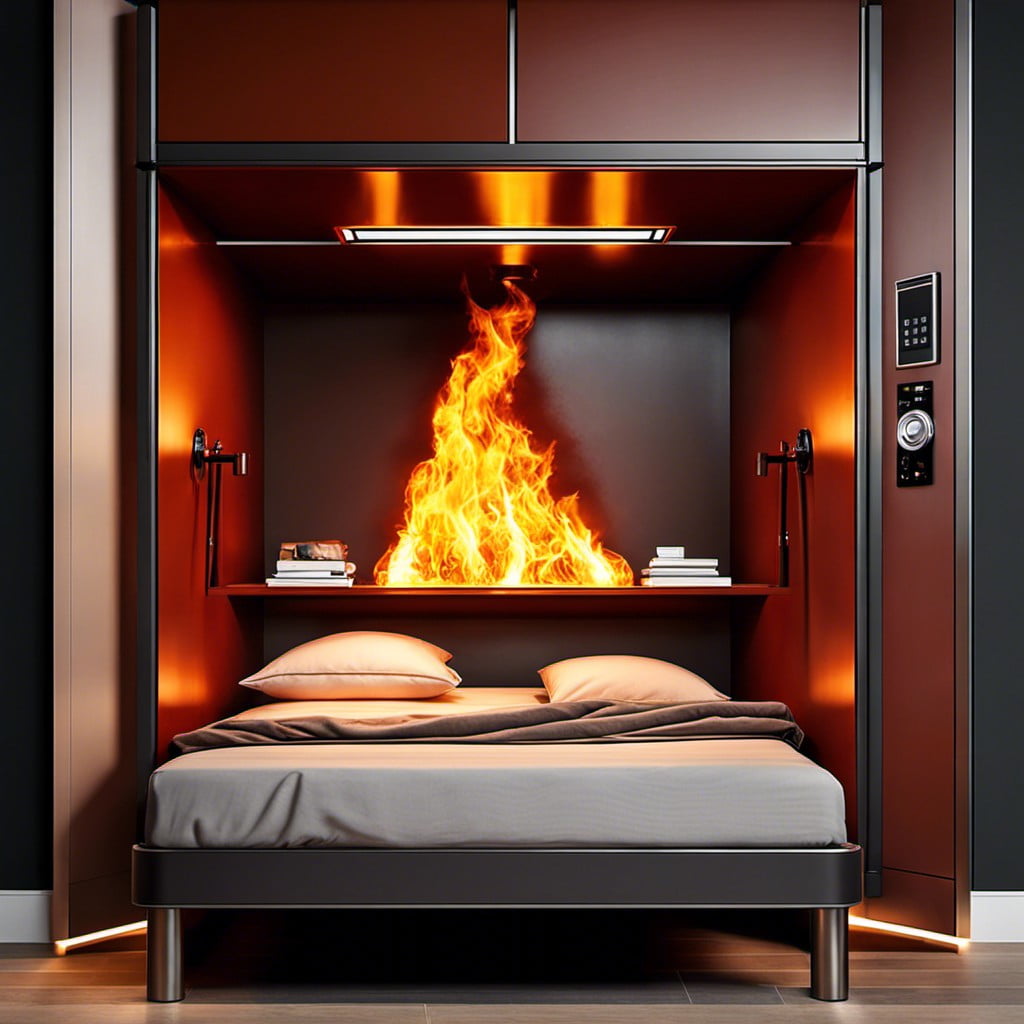
When choosing a fire-resistant bed, it’s important to consider a few key points.
Safety Certification: Look for bedding items with the Crib 5 fire safety rating. This rating ensures that your bed complies with the UK’s strict fire safety regulations.
Material Quality: High-quality, fire-resistant materials don’t simply prevent fire incidents, they also ensure durability over time. Therefore, investing in top-notch materials will serve you in the long run.
Comfort: While safety is paramount, comfort shouldn’t be compromised. Ensure the bed has a comfortable mattress and pillows. Remember, fire-resistant doesn’t mean discomfort. On the contrary, many comfortable bedding items meet the Crib 5 fire safety standard.
Brands: Opt for reputable brands that prioritize both comfort and safety. These companies have a track record of delivering products that blend the comfort of regular beds with the safety features of a fire-resistant bed.
Insist on seeing documentation: Never shy away from asking for documentation that guarantees the fire resistance of the bed. This creates trust between the buyer and the seller and ensures you’re investing in a legitimate, safe product.
By using these tips, your search for the perfect fire-resistant bed becomes much simpler and straightforward.
How Fire-Resistance Enhances Bed Safety
Fire-resistance in beds elevates safety by reducing the potential for accidental fires. This can be particularly beneficial in households with young children, who may inadvertently come into contact with flammable objects such as matches or lighters.
Now, how does this work? A bed stamped with the ‘Crib 5‘ label has passed rigorous testing and meets high standards for fire resistance. This indicates that the materials used in the bed construction can withstand exposure to a specific level of heat.
Enhanced fire safety also extends to accidents involving candles or electrical sparks. A fire-resistant bed is designed to prevent the rapid spread of fire. If an accident occurs, the slower burn rate could provide valuable time for occupants to evacuate.
To summarise, fire-resistant beds:
- Effectively curb the spread of accidental fires.
- Withstand a higher heat exposure.
- Provide critical additional evacuation time.
Rest assured, a ‘Crib 5‘ fire-resistant bed represents a significant step forward in domestic safety.
Recap
